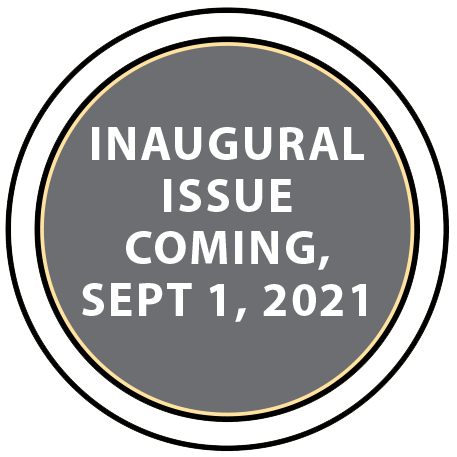
YOKO ONO’S REVOLUTIONARY, SOLO-ALBUM DEBUT: SCREAM OF PASSION, SCREAM OF LIFE
by Edward M. Gómez
Editor in Chief
Over the years, I have written extensively about the art, ideas, and music-making career of the Japanese-born artist Yoko Ono. In part, my interest in Ono’s multimedia, cross-disciplinary work is rooted in my research as a specialist in Japanese modern-art history, which began in Japan in the late 1980s. I have also followed the artist’s activities as a composer of experimental music and her forays into more familiar pop and rock formats.
In 2000, I was invited to contribute a chapter on the history of Ono’s music-making to the catalog of the exhibition Yes: Yoko Ono, the first-ever, career-spanning retrospective of the artist’s work in various genres and media, which was organized by Japan Society Gallery in New York. It was curated by Alexandra Munroe, the gallery’s director at that time, in consultation with the Fluxus scholar Jon Hendricks. That book was published by Harry N. Abrams; the award-winning exhibition Munroe assembled traveled to museums in the United States, Canada, Japan, and South Korea through 2004.
Since that time, I have written and published many articles and essays about Ono’s music, often based on exclusive interviews I have done with the artist to discuss the first releases or the re-releases of her record albums.
Just over half a century has passed since Ono’s strange — and oddly compelling — solo debut record album, Yoko Ono/Plastic Ono Band, was released in late 1970. When this vinyl LP first appeared, opening on side one with a hair-raising scream — Ono shrieking and yelping the single word “why” over a pounding back beat — critics, rock-music aficionados, and, above all, Beatles fans did not know what to make of the artist’s bizarre performance, not to mention the unfathomable sound pouring out of their speakers.
The album was issued simultaneously with John Lennon’s first post-Beatles solo album, John Lennon/Plastic Ono Band; Lennon and Ono, who by then had become the art and music worlds’ best-known creative couple, viewed their two solo records as companion artistic statements.
Critics who weighed in at all on Ono’s record dismissed it in savage terms. For many years, music fans and critical observers alike snickered that Ono’s album offered proof that, in teaming up in art and life with an artist from the most curious corner of the avant-garde, Lennon had lost his mind.
But in the decades since Yoko Ono/Plastic Ono Band first appeared — it was re-released most recently in 2016, jointly, by the labels Chimera Music and Secretly Canadian — Ono’s album has had a considerable influence on a wide range of experimental and alternative-rock musicians, and on the styles and movements they developed.
Coming in September’s inaugural issue of brutjournal: My in-depth, critical look at Ono’s wildly imaginative, hard-to-classify debut record album and its legacy, a recording whose six unusual compositions still sound fresh — and deliciously radical —after all these years.


